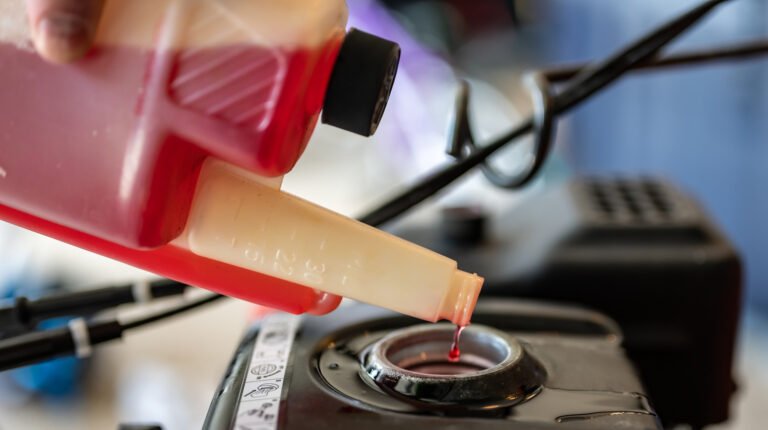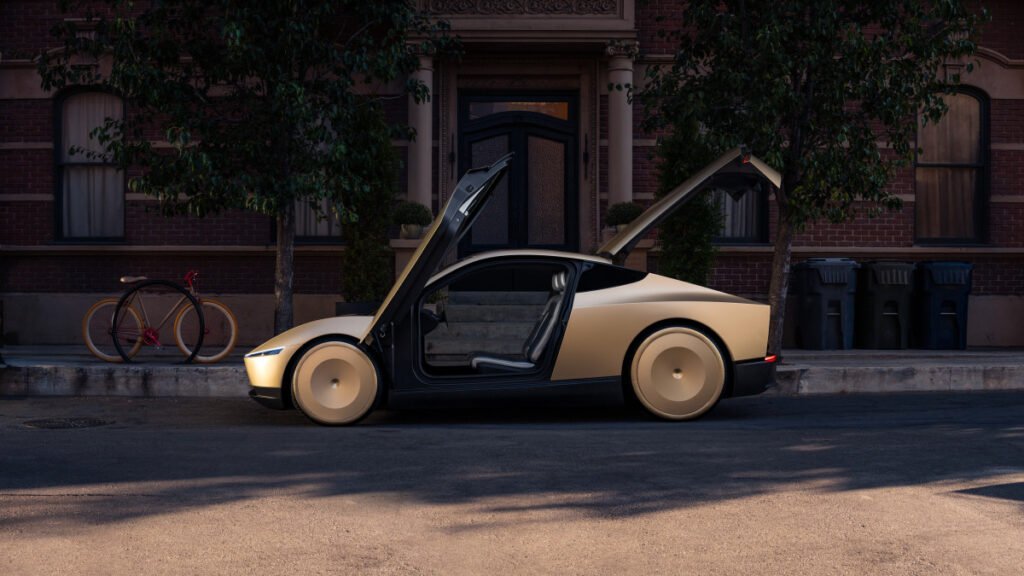
Tesla’s self-driving dream is getting human backup
Tesla’s long-promised fleet of self-driving robotaxis is finally arriving — sort of. CEO Elon Musk says the company will launch a small pilot of driverless Model Ys in Austin, Texas, by the end of June. But rather than letting the cars roam entirely on their own, Tesla is quietly hiring human teleoperators to monitor and, if necessary, take control of the vehicles remotely.
This hybrid approach isn’t unusual in the autonomous vehicle industry, but it stands in contrast to Tesla’s public messaging around “Full Self-Driving.” While Musk has long dismissed the need for external sensors like LIDAR and radar, calling Tesla’s camera-based AI system sufficient, the company is still relying on human assistance to address real-world challenges.
Remote operators will ensure safety, for now
Investment analysts at Morgan Stanley recently confirmed that Tesla is relying heavily on human oversight, citing visits to the company’s Palo Alto office. Several job postings back this up, including roles for “Teleoperation” engineers who will help create tools that allow humans to see what the car sees and intervene when things go wrong.
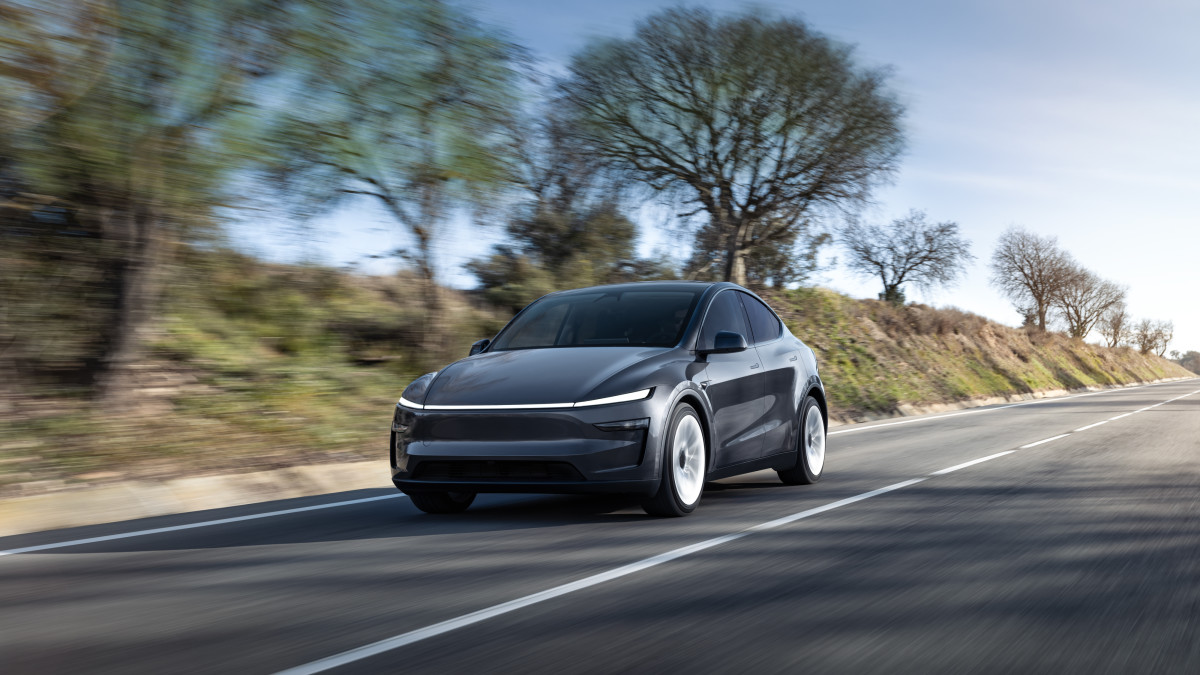
These workers won’t just be steering stuck robotaxis from afar. Tesla says they’ll also help build the user interface that connects remote humans with onboard AI — essentially shaping the collaboration between man and machine.
Still no safety data, and regulators are watching
Tesla hasn’t yet released safety data for its Full Self-Driving (Supervised) software, which is still under federal scrutiny. Both Autopilot and FSD have been linked to hundreds of crashes, including some fatal ones. The company maintains that its approach will prove safer than human drivers in the long run, but for now, it’s taking extra precautions.
The Austin rollout will start with just 10 vehicles and be limited to an invite-only group of users. Musk says Tesla plans to scale up to 1,000 robotaxis within a few months, assuming the pilot runs smoothly.
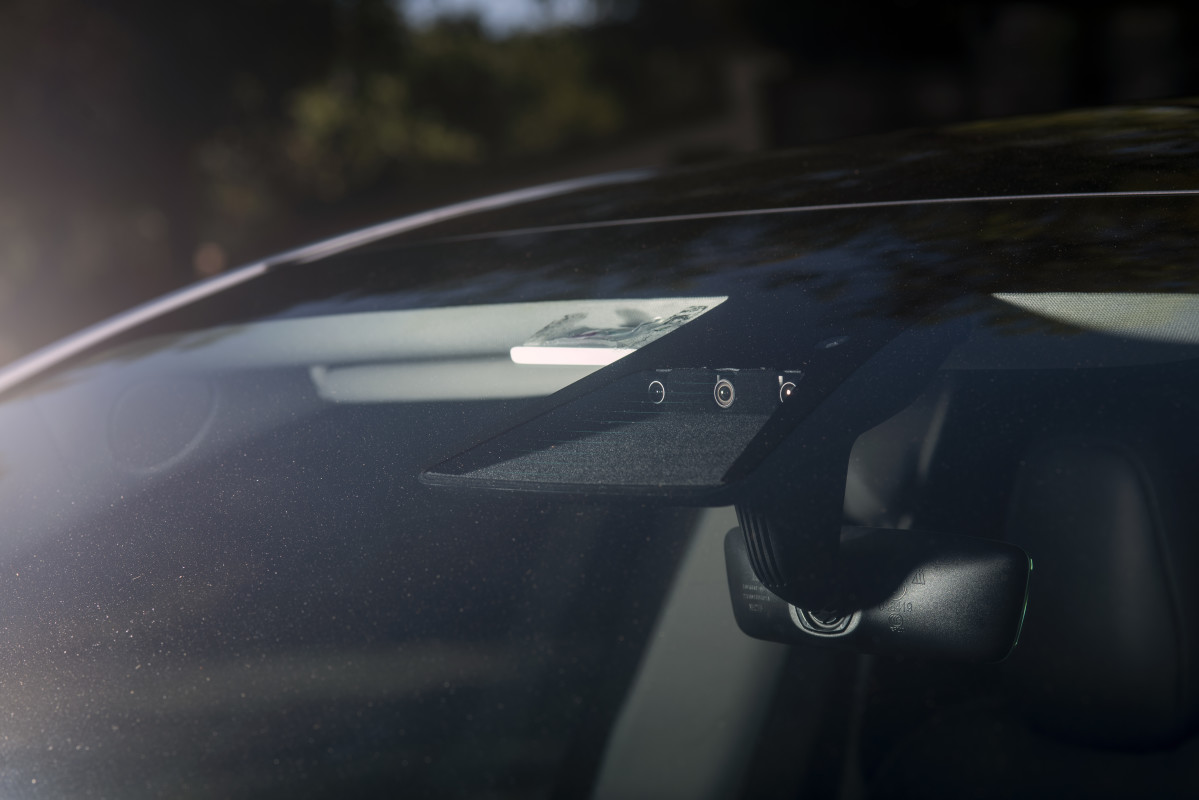
Human-in-the-loop is becoming the norm
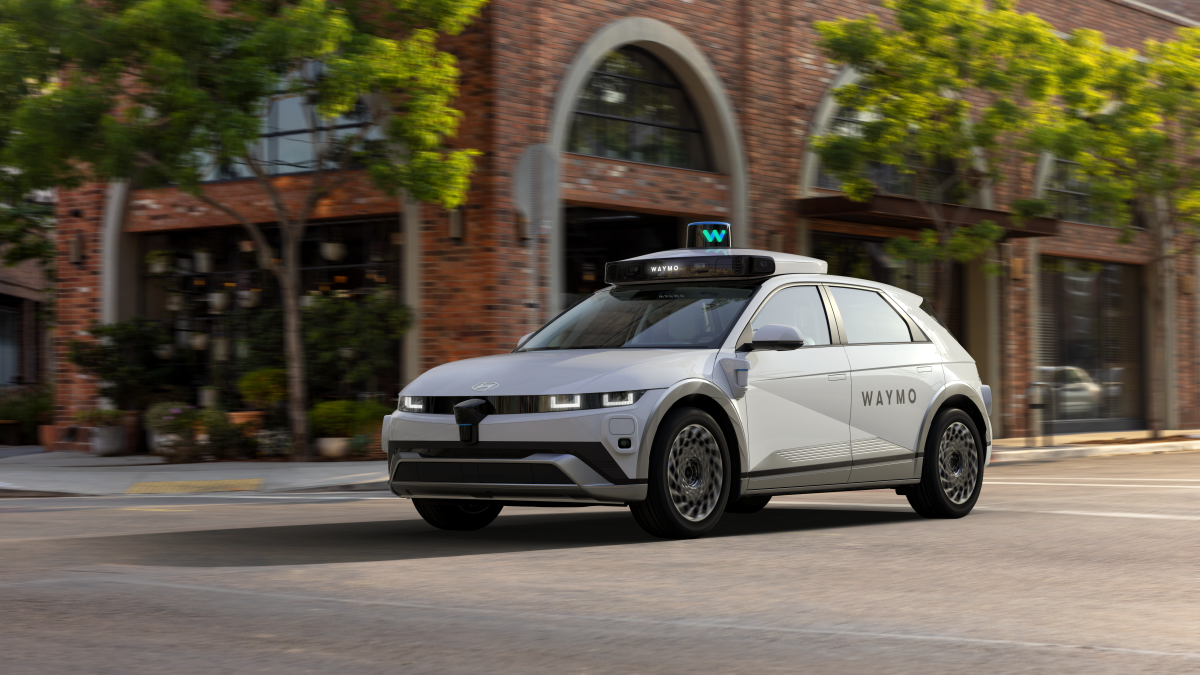
Tesla’s teleoperation setup now looks surprisingly similar to what Waymo, a longtime autonomous driving competitor, already uses. Waymo employs “fleet response agents” who step in when its cars get confused. Tesla’s version may go even further, using virtual reality rigs and custom software to give operators a real-time view and control of the car’s surroundings.
Final thoughts
Tesla’s upcoming robotaxi rollout may mark a major milestone for the company, but it also underscores how far we still are from truly autonomous driving. Despite bold claims and years of promises, even Tesla is leaning on human intervention to make its system viable in the real world. That’s not necessarily a setback; it’s a pragmatic step.
As the line between autonomy and remote assistance blurs, Tesla joins a growing list of companies accepting that “self-driving” often still requires a safety net. Whether this hybrid model is a short-term bridge or a long-term necessity remains to be seen. For now, the road to autonomy still has a human hand on the wheel, just not inside the car.

